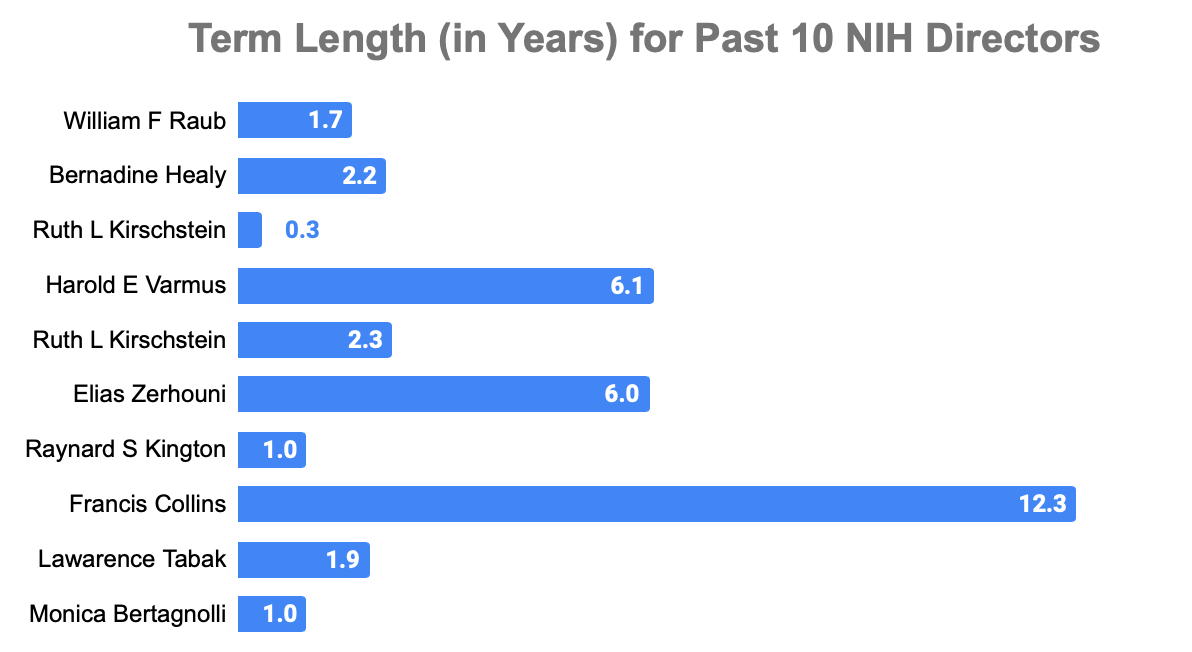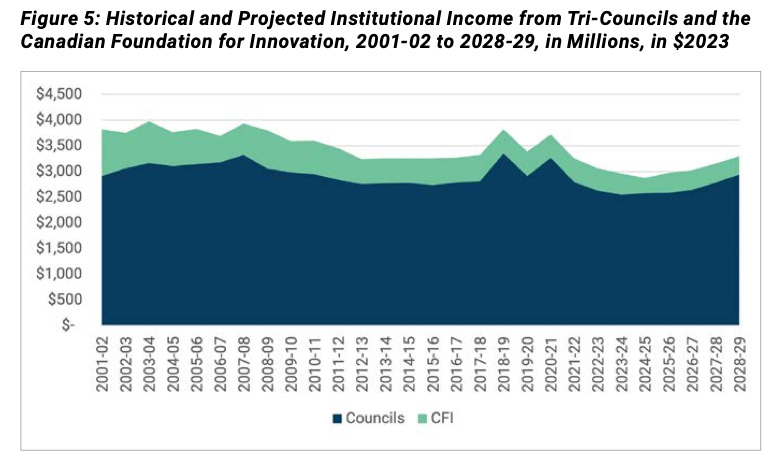Wringing Hands, Pointing Fingers
With a Trump 2.0 regime set to take over early next year, there's one polarising document that could radically shape the landscape of research in the US, and beyond: Project 2025.
With U.S. election day now over (and with Democratic Party heads starting to wring hands and point fingers), commentators have already begun to speculate what the new regime may mean.
What I’d like to cover is the entry known as Project 2025, which may provide a roadmap for an unpredictable incoming regime — and what areas of research it plans to target.
Research
1) Stem Cells
Project 2025 makes no bones about how “immoral and obsolete” elective abortions are, calling them “radical”, and linking them with: “gender radicalism, climate extremism, and other woke ideas”. Instead, the document suggests that alternatives — like *adult stem cells — be pursued instead. (*Side note — full marks for the authors correctly spelling “pluripotent”!)
Additionally, Project 2025 calls for policy changes to restrict stem cell research funding, and end the NIH human embryonic stem cell registry.
Yikes.
Having just attended Stem Cell Network’s fantastic TMM conference — which covered amazing sessions on regenerative medicine to treat muscle injury, tissue-engineering, and organ repair — limiting stem cell research based on “it’s icky” reasoning seems….ludicrous.
2) Conflicts of Interest
The National Institutes of Health (NIH) is the main agency of the U.S. government for public health and biomedical research, being one of the largest source of journal publications globally, and comprised of 27 institutes and cutting-edge biomedical centres — pushing for groundbreaking discoveries in colorectal cancer, Alzheimer’s and other health research.
Project 2025 tries for character assassination of the NIH. The authors initially claim that its “incestuous relationship” between the Centre for Disease Control and Prevention (CDC) and vaccine makers directly benefitted “unaccountable insides”, and constitutes conflicts of interest.
However, Project 2025 quickly goes completely off the rails in claiming that: “NIH was responsible for paying for research in aborted baby body parts, human animal chimera experiments, and gain-of-function viral research that may have been responsible for COVID-19”.
The approach to the NIH is (as you can see) rather driven by conjecture, hearsay, and (let’s be honest) complete lies. To finish off, Project 2025 suggests that NIH also uses its research funding largely to push “junk gender science” and “woke transgender activism”, and therefore needs to be further controlled and/or suppressed.
Overall, while less coherent, let’s suffice to say that a Trump regime may decide to crackdown on funding to the NIH.
3) Decentralised Research Funding
In lockstep with its approach to the NIH and CDC, Project 2025 calls for research funding to be far less centralised.
First, they propose that the NIH grant allocation should be block-granted to each state, which it claims would allow for more regional control over scientific research and — more broadly — reduce monopolies over research decision making.
Second, the authors suggest that several states could partner together to “co-fund large research projects” (which ironically is essentially what the U.S. federal government already does).
Finally, in order to destabilize these perceived monopolies, Project 2025 calls for further restrictions on NIH leadership, including new term limits (eg for the NIH Director) to be set.
For a bit of context, typically, American NIH Directors are presidentially appointed, and last generally until the appointment of their successor by a new president (meaning they often — but not always — follow a presidential life span aka 4 years). I math’d the math, and found that the average length of term for the last 10 NIH Directors is 3.5 years, as shown below.
So, here Project 2025 seems to be suggesting an answer is needed to a solution that has no problem.
Lastly, Project 2025 calls for the CDC and NIH Foundations to be decommissioned, demanding that no provide donations to these Foundations be allowed — in order to not “influence government decisions about research funding or public health policy”.
Much as we’re seeing with its approach to federal departments in general, Project 2025 wants to punt responsibilities for research back to the states.
4) Standards and Bioethics
Here, Project 2025 once again cranks up the ideology, calling for the establishment of a new National Council on Bioethics (NCB) which can be made to address ethical concerns, and propose guidelines for new issues in bioethics (eg human cloning, embryos, etc.)
Previously, the document raves about ethics committees needing to oversee “abortion-derived fetal tissue research” and “end intramural research projects using tissue from aborted children”, while also calling for an aggressive plan “to pursue and fund ethical alternative methods of research” while also making “other testing methods…fully obsolete” (this would mean most stem cell research).
The target here is squarely on abortion, and ties in closely with the document’s treatment of stem cell research. Here it’s increased control over research methods, while also exploring “ethical alternative methods of research” which align with ideological principles (aka “abortion = bad”).
Keep in mind that this is the same document that uses “God” more times than “evidence” (5 to 1).
What does this all mean for Canadian research?
Again, to appropriate Metternich’s adage, “When the U.S. sneezes, Canada catches a cold”. Meaning — what happens south of the border will undoubtedly ripple into Canada.
There are several core themes in the research sector I could see happening over the months and years to come.
1) Decreased Federal Role in Research
We’ve already seen cases where provinces are attempting to cement control over research, both with Quebec (see M-30) and Alberta (see Provincial Priorities Act), especially when it comes to federal research dollars.
It’s likely this trend will only continue, and potentially with a new swing in government, a more conservative-leaning government may move to limit federal funding dollars (particularly towards social sciences and humanities, which have become increasingly demonized by Conservative MPs as “woke research”).
2) Ideological Attacks on Science
In lockstep with what we’ve seen from Project 2025, this phenomenon is already becoming common place with many Canadian politicians — who are picking up a frustrating habit to using culture wars to paint researchers as elitists, woke, and out-of-touch with everyday Canadians.
*Source for Figure 5: HESA, 2024
Final Notes
With an ascendent Trump regime set to take the reins of U.S. power early next year, it is important for Canadians — particularly science and researcher stakeholders — to realize the potentially seismic impact that Project 2025 will have on American research, and by default, Canadian research.
Next entry, I’ll focus on the implications of Project 2025 for higher education in America, and what that means for Canada’s post-secondary sector.












